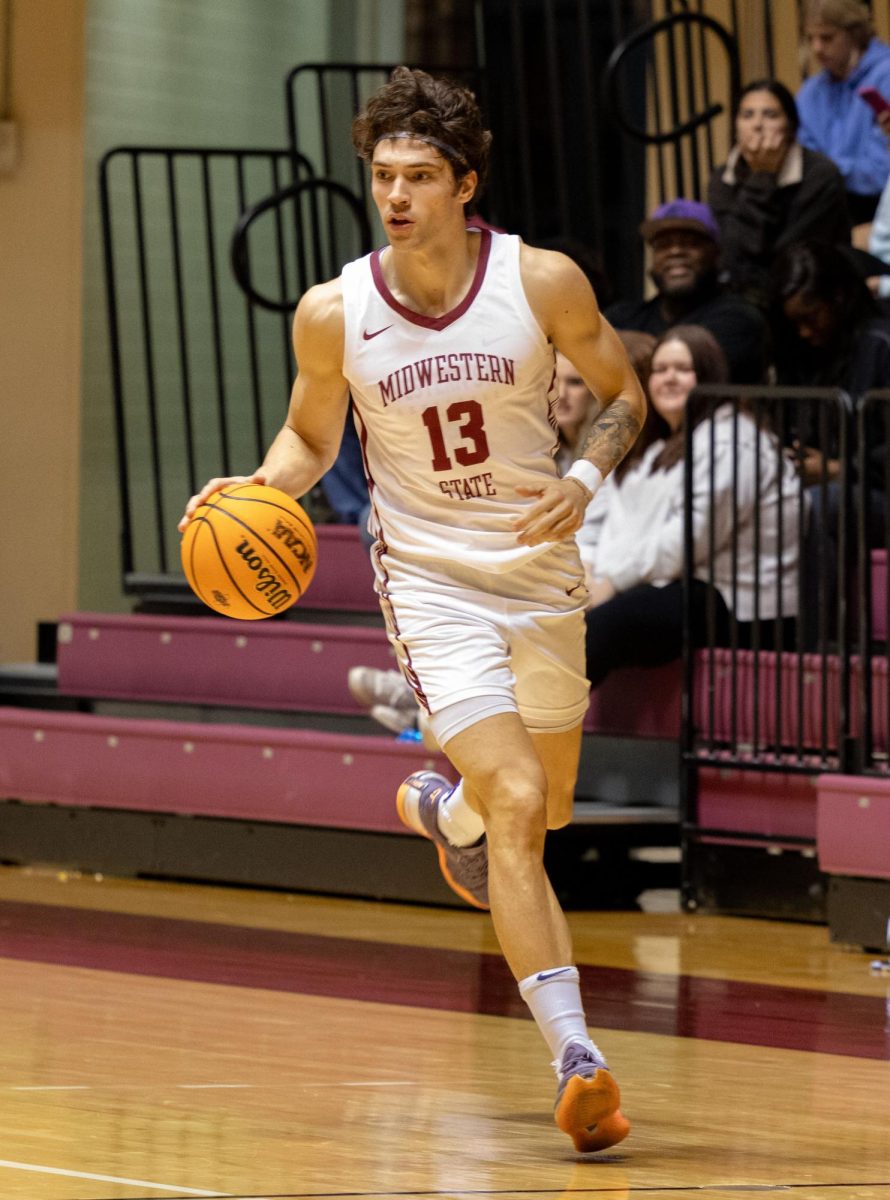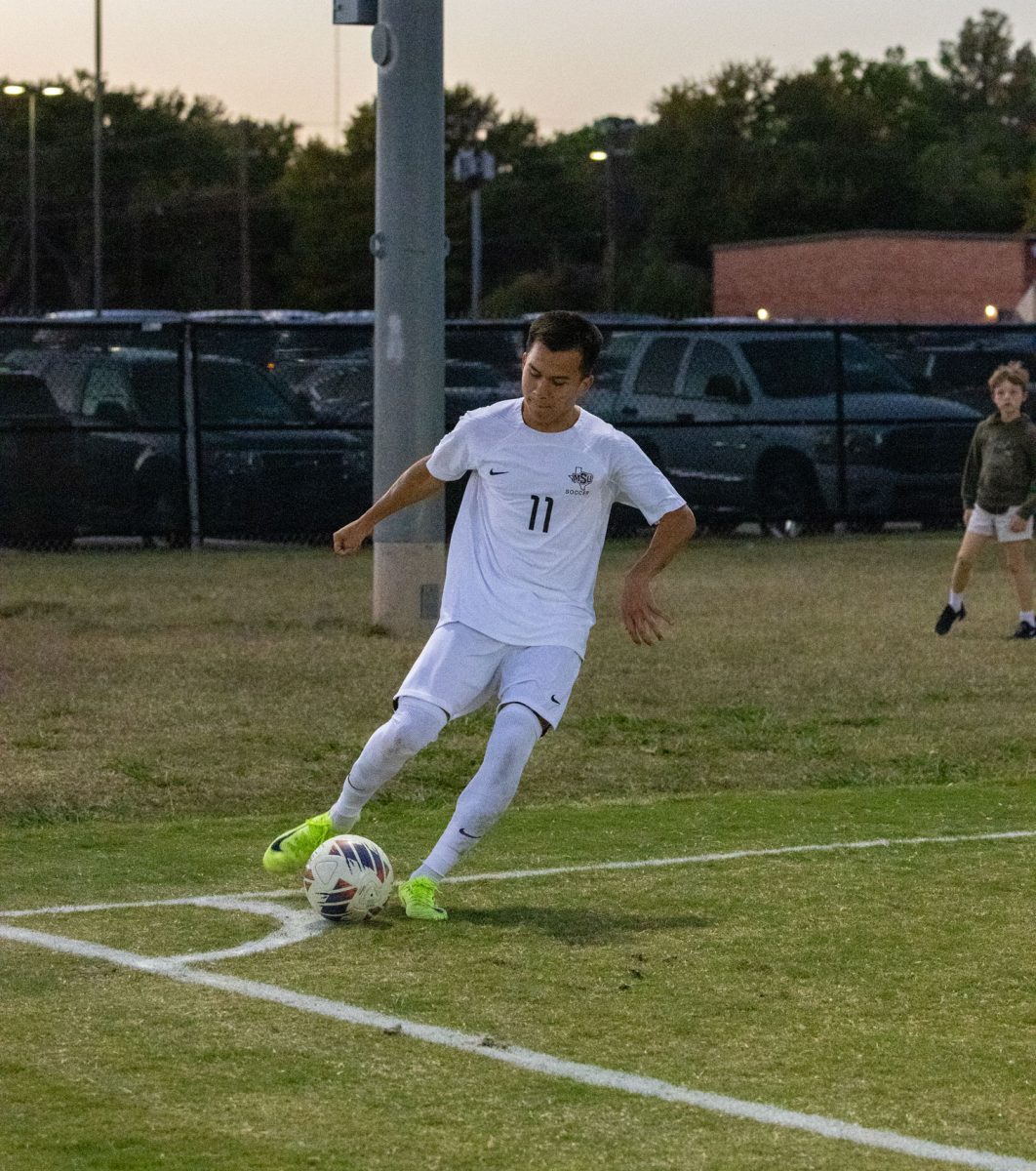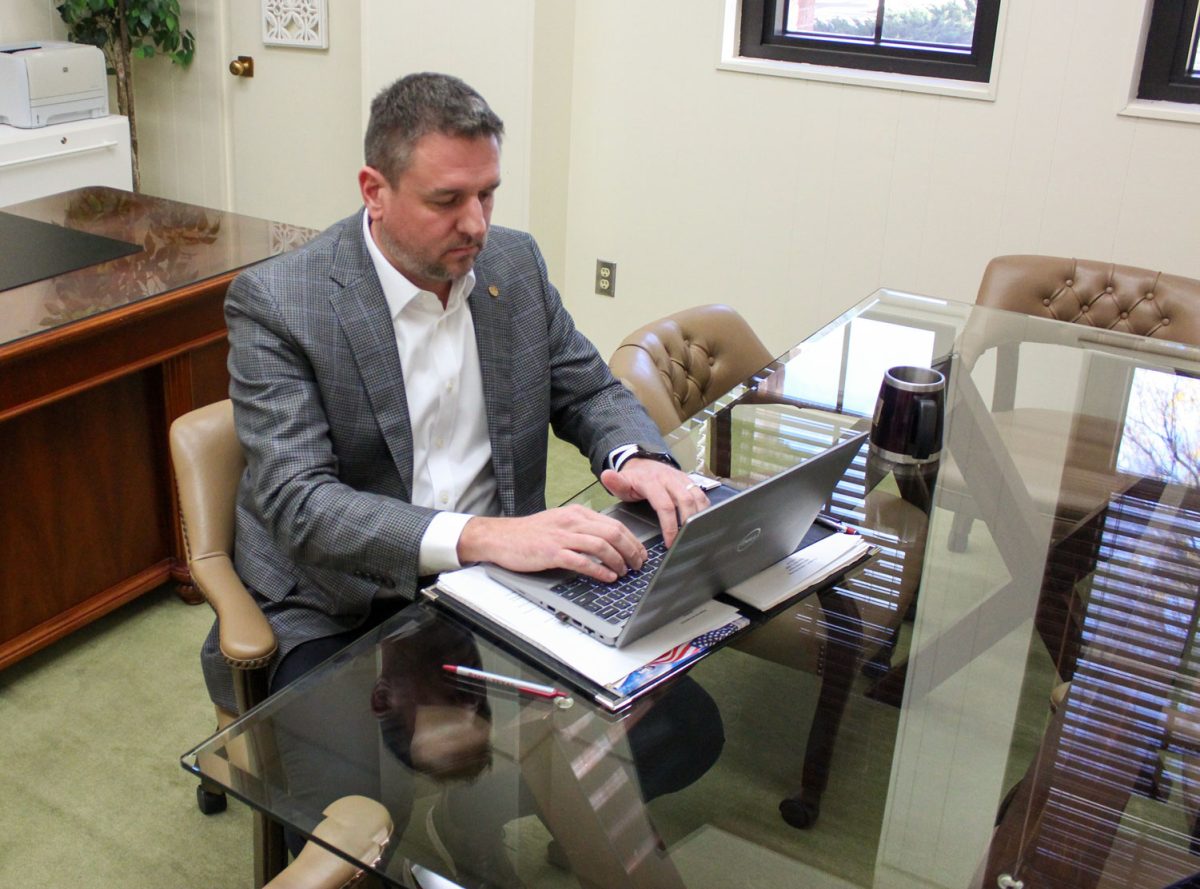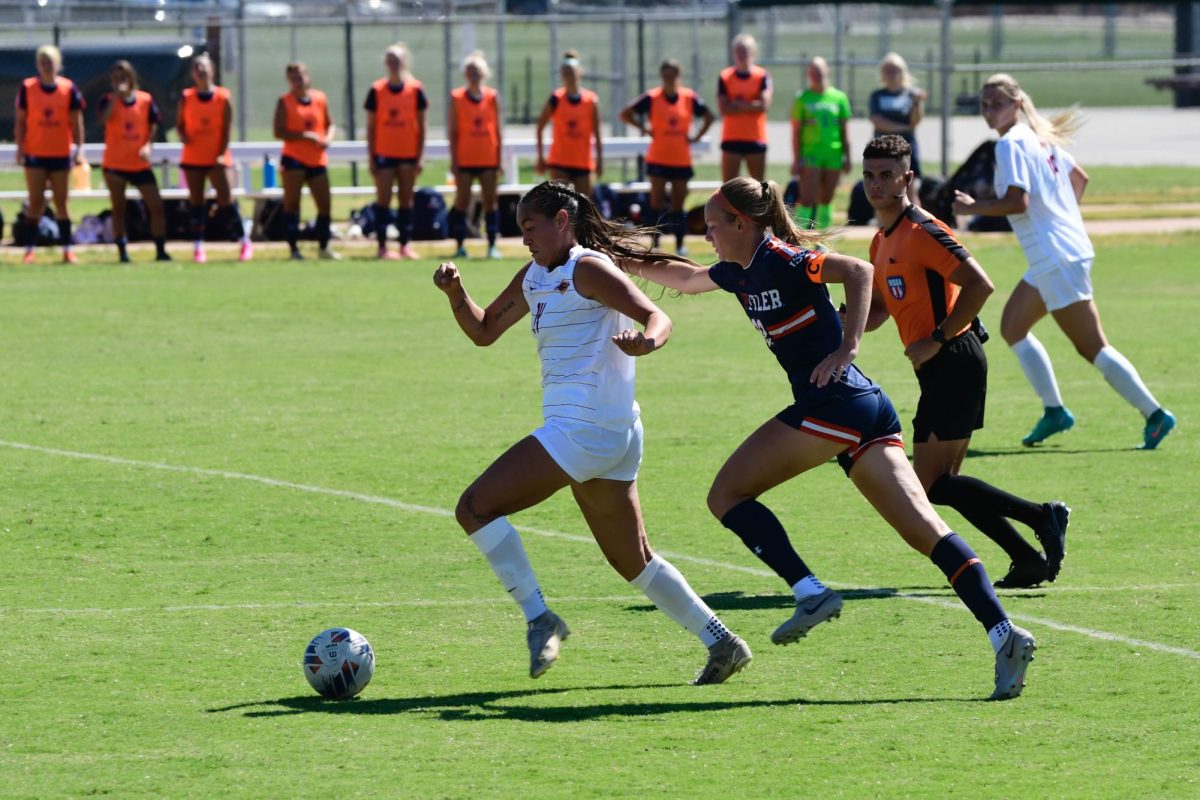While administrators budgeted for 6,150 students to enroll in fall 2017, actual fall enrollment figures showed 6,080 students, an increase of .26 percent over last fall but still not enough to meet projections. The lower-than-expected enrollment will hit all areas at the campus in the pocketbook.
“Headcount wise we’re a little low, which will affect the recreational, athletic and student union fees, because it’s based on headcount, so those budgets will be impacted,” Marilyn Fowlé, vice president of administration and finance, said.
Keith Lamb, vice president of student affairs and enrollment management, said while he and other administrators budgeted for more students than we actually received, there is still opportunity for growth.
“We budgeted what we think we’ll get every semester. If we exceed in the spring, then we can make it up real fast. If we don’t, then it could be even a larger defect,” Lamb said. “We have to look for savings within the operating budget, too. The number now is a small enough difference that those savings will be very easy to find.”
Because MSU has large graduating classes — 707 degrees earned in fall 2016 and 685 degrees earned in spring 2017 — incoming classes have to be larger than the graduating ones to see a jump in enrollment, according to Lamb.
“We had a really large graduating class, so we had to account for the additional graduates and try and grow the school some,” Lamb said. “We are moving in the right direction. It’s not as fast as we would like to see but we are a financially stable institution.”
Data does show kindergarten through 12th grade students in Wichita Falls are shrinking the fastest — by 15 percent — while K-12 in surrounding areas are growing dramatically. Lamb said that this declining number means there are less students in this area to come to MSU, so looking at the data, he is pleased we are growing given the local data.
“If you look at the numbers, our incoming students from the past several years has been very large,” Lamb said. “It took a really big dip in ’16 but has made a great comeback in ’17.”
SEMESTER CREDIT HOURS
When it comes to budget, semester credit hours — the number of credit hours students are taking this semester — are “more important” than headcount, according to Lamb. For fall 2017, semester credit hours are at 70,664, which is below expected for the fall but still on budget. If numbers for the spring semester are higher it could help balance out the budget better.
“Headcount is the easy thing to talk about because everyone is interested in it. When you think about it, when you are paying your fees and your tuition, almost all tuition and fees are charged by the hour,” Lamb said. “What’s more important is how many hours we’re generating and we are essentially on budget for that.”
Compared to last fall’s semester credit hours of 69,744, the number of credit hours increased by 802 credit hours — which means students are taking a larger average load than previous years. Based on models that administrators and the finance department use, semester credit hours were close to what they budgeted.
“We calculate on two different levels, headcount and semester credit hours, so we look at both of those as far as projecting what kind of revenue were gonna have,” Fowlé said. “The semester credit hours were actually almost right on were we thought it would be. And most of the money that comes in is based on those hours.”
KEEPING STUDENTS HERE
The number of first-time freshman grew from 708 to 771, but because the number of returning students decreased, the total enrollment only increased by 16 students. Both the number of new students and the number of returning students have to increase for total enrollment to increase. The admissions office has added new programs to try and solve this problem, such as increasing the school’s online presence with third-party matching services.
“Keeping students is equally as important as recruiting students,” Lamb said. “Learning communities and TASP, the new tutoring center, have been enforced to keep students here and are aimed at addressing the retention issue.”
According to Gayonne Beavers, director of admissions, 40 percent of the students come from the Dallas Fort Worth area — but that is a “big market” for other universities in the country. Beavers said she has increased staff by adding a new person in the DFW area to help recruit, now having two counselors and staff members in that area to be with students.
“One of the key things is making sure that when you’re talking to students, you are able to be in front of them consistently,” Beavers said. “We are making sure we are staffing up enough that we can be in front of students doing presentations, having college fairs, working with student organizations that are at the high school level and that they remember MSU when they are making their college decision.”












